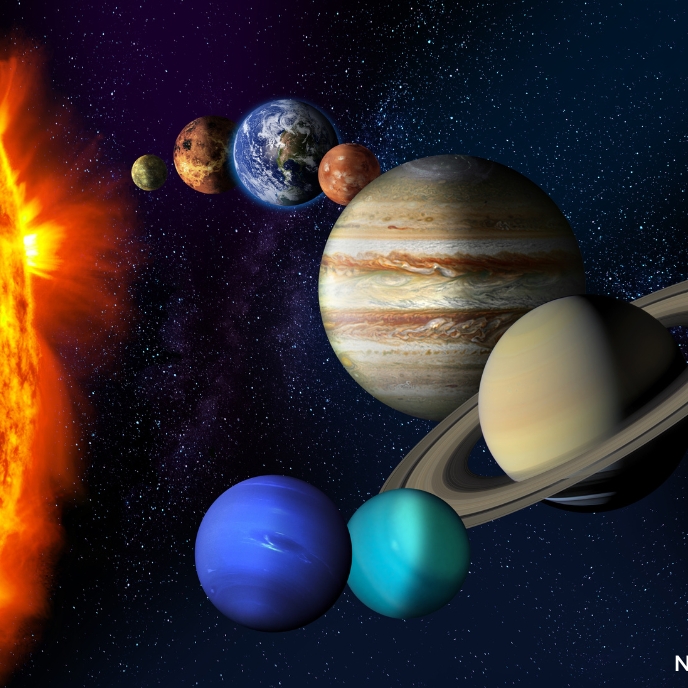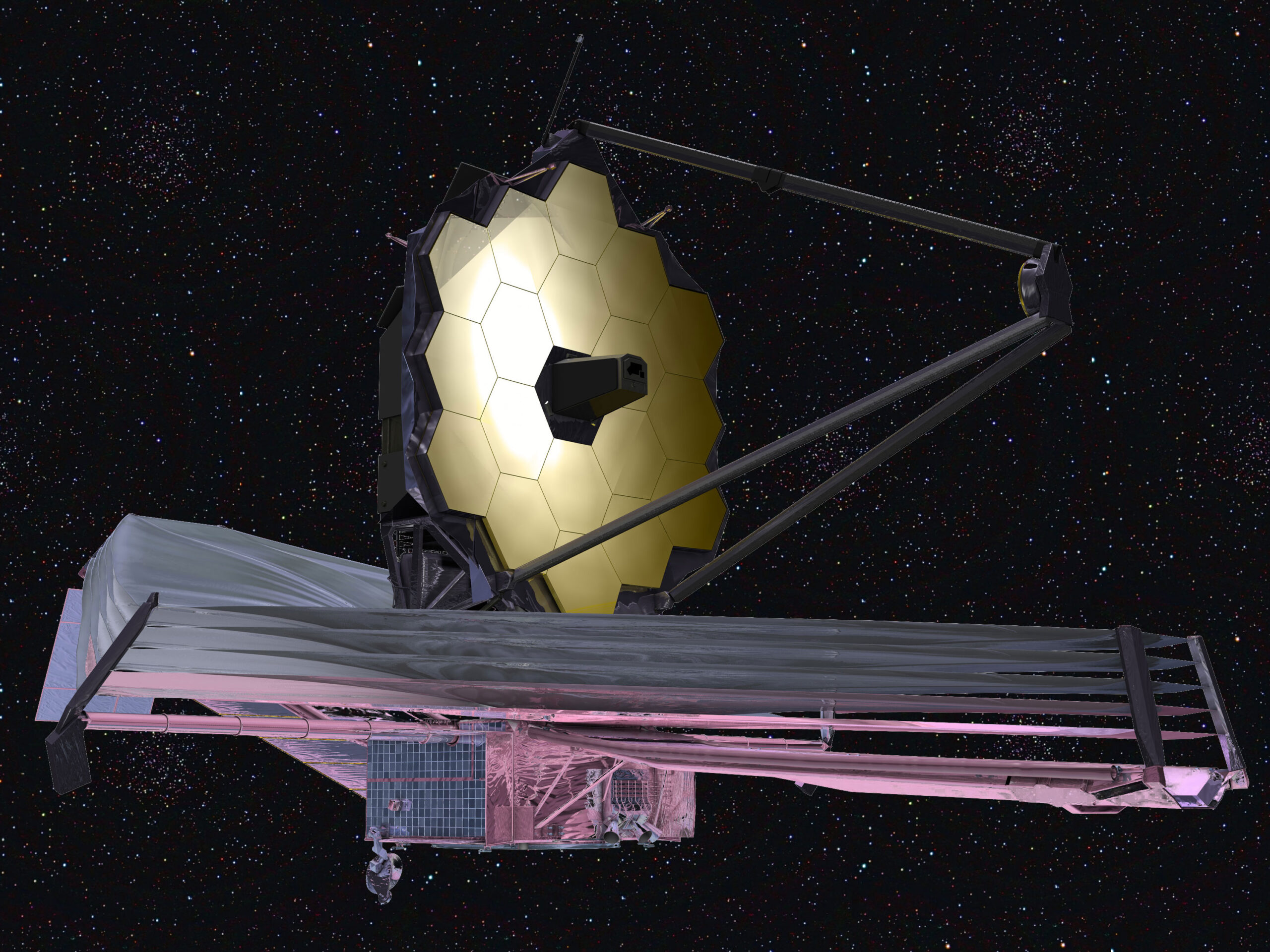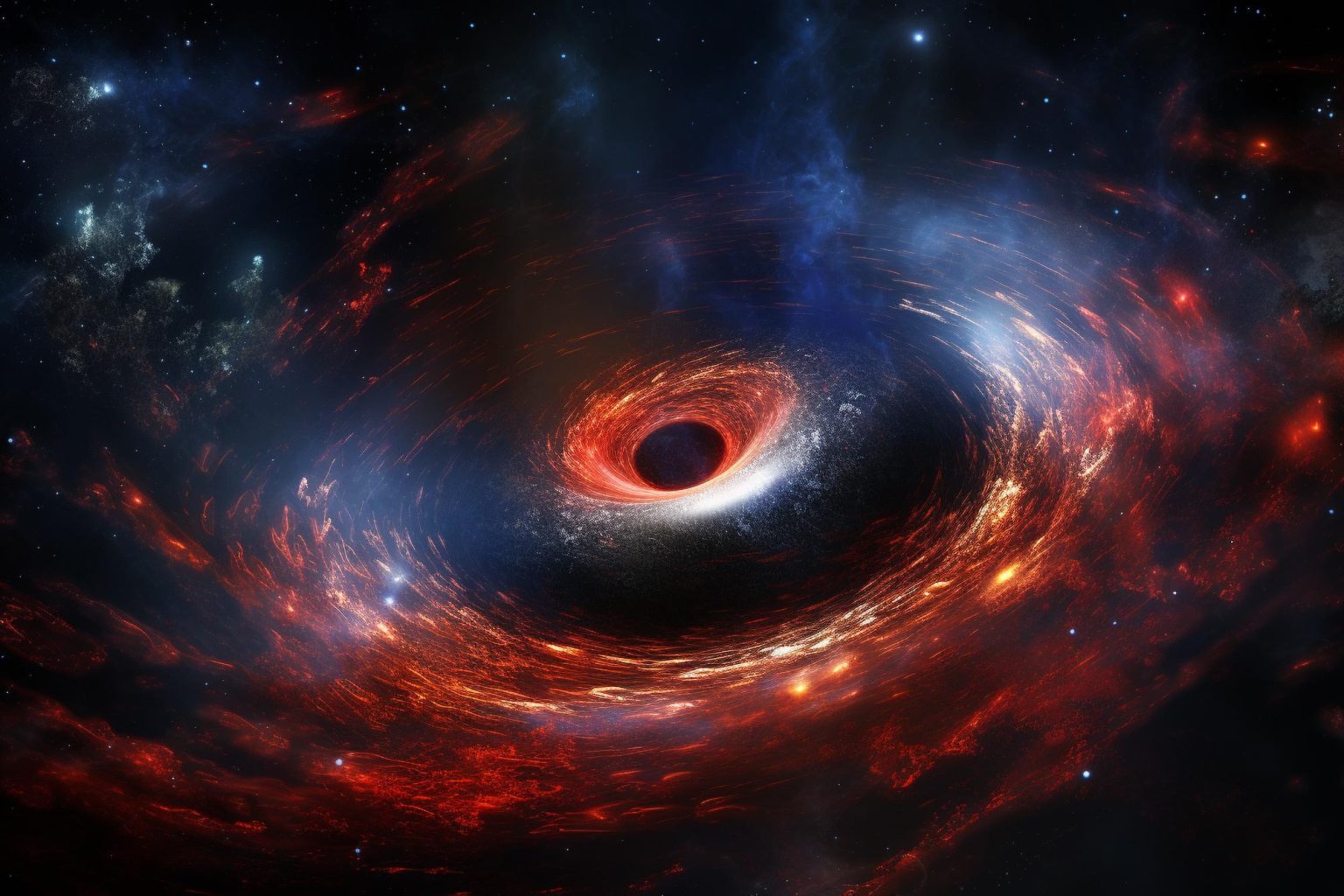
The James Webb Space Telescope (JWST), one of the most advanced space observatories ever constructed, has made a groundbreaking discovery by uncovering the most distant active supermassive black hole known to date. This finding marks a significant milestone in our understanding of the early universe and the formation of celestial structures.
Introduction to the James Webb Space Telescope
The James Webb Space Telescope, launched on December 25, 2021, is a collaborative project between NASA, the European Space Agency (ESA), and the Canadian Space Agency (CSA). It is designed to study the universe in infrared wavelengths, allowing it to peer through cosmic dust and uncover phenomena that were previously hidden from view. The telescope’s advanced technology enables it to observe distant galaxies, stars, and black holes, providing unprecedented insights into the origins and evolution of the universe.
The Discovery of the Most Distant Active Supermassive Black Hole
In a recent observation, the JWST detected an active supermassive black hole located approximately 13.1 billion light-years from Earth. This black hole, residing in a galaxy known as J0437+2456, is observed as it existed when the universe was just 670 million years old. The discovery of such a distant and active black hole challenges existing theories about the formation and growth of these massive celestial objects.
Characteristics of the Supermassive Black Hole
The supermassive black hole in J0437+2456 has a mass estimated to be around 1 billion times that of the Sun. Its active state means it is currently accreting material, which emits significant amounts of radiation detectable by the JWST. The black hole’s immense gravitational pull causes surrounding gas and dust to spiral inward, heating up and emitting X-rays and other forms of radiation. This activity provides a unique opportunity to study the early stages of black hole growth and the impact of such massive objects on their host galaxies.
Implications for Cosmology and Astrophysics
The discovery of this distant active supermassive black hole has profound implications for cosmology and astrophysics. It suggests that supermassive black holes formed and grew rapidly in the early universe, potentially through mechanisms that are not yet fully understood. The existence of such a massive black hole at a time when the universe was still in its infancy indicates that the processes driving black hole formation and galaxy evolution may have been more efficient or occurred over shorter timescales than previously thought.
Challenges and Future Research
While the discovery is monumental, it also presents several challenges for astronomers and astrophysicists. Understanding how such a massive black hole could form so early in the universe’s history requires reevaluating current models of black hole and galaxy formation. Future research will focus on identifying more distant black holes and studying their properties to develop a comprehensive understanding of their origins and evolution.
The JWST will continue to play a crucial role in this research, leveraging its powerful instruments to observe distant galaxies and black holes in unprecedented detail. Upcoming observations will aim to detect more high-redshift black holes and gather data on their host galaxies, providing further insights into the conditions and processes that led to their formation.
The Role of Advanced Technology in the Discovery
The James Webb Space Telescope’s advanced technology was instrumental in making this discovery. Its primary mirror, composed of 18 hexagonal segments, provides a large collecting area that enables the telescope to gather faint infrared light from distant objects. The Near Infrared Camera (NIRCam) and the Mid-Infrared Instrument (MIRI) are among the key instruments that allowed astronomers to detect the distant black hole and analyze its properties.
The telescope’s ability to observe in the infrared spectrum is particularly important for studying the early universe. As light from distant objects travels through space, it becomes redshifted due to the expansion of the universe. Infrared observations allow astronomers to see these redshifted objects and study their characteristics, providing crucial information about the conditions in the early universe.
Conclusion
The James Webb Space Telescope’s discovery of the most distant active supermassive black hole marks a significant achievement in the field of astronomy and cosmology. This finding challenges current theories of black hole formation and growth, suggesting that these massive objects may have formed and evolved more rapidly than previously believed. As the JWST continues its mission, it will undoubtedly uncover more groundbreaking discoveries, deepening our understanding of the universe and its origins.
The continued exploration and study of distant black holes will provide valuable insights into the fundamental processes that shaped the cosmos. The James Webb Space Telescope, with its advanced capabilities, stands at the forefront of this research, poised to revolutionize our knowledge of the universe and the celestial phenomena within it.

